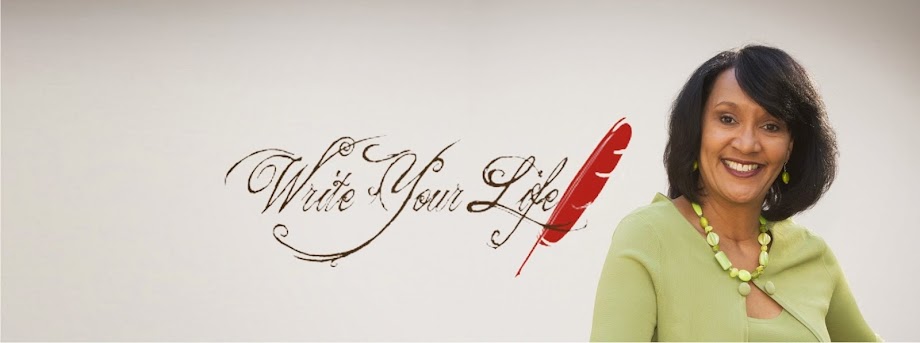Stories are the elements of a book that connect us to the content. Even for non-fiction books, such as textbooks, how-to, or self-help, examples are the stories that help readers connect to the content. Including an example is one of the most successful ways to keep your readers' interest, give depth to your writing and bring home a point. A book full of dry facts will hardly keep the attention of readers, but spicing it up with examples, pictures, and humor will increase your readers’ imagination or explain a difficult statement. Often, the example will be remembered long after the text is forgotten, especially if a strong connection between your book and the reader is established.
One of the greatest roles you play as an author is that of a storyteller. This role is particularly important when writing non-fiction. There are several ways to flex your storytelling muscles when writing in the non-fiction genre. Here are a few:
Examples or anecdotes are designed to teach or explain concepts, persuade or avoid ambiguity. In your writing make your point, and then follow with an example that explains or justifies your point.
Case studies, statistics, or quotes from a notable source give credibility to your account and give credence to your role as an expert. Offer details of the situation, challenge, solution, and results to tell the story of success or improvement you want readers to learn.
Humorous stories, or those that pull at the heartstrings, make a big impact on readers. Be sure your main point comes across in the story.
Photos, diagrams, or illustrations are visual elements that can add interest or further explain your text. A picture paints a thousand words and can often drive home a point quickly that may take many words to explain. Keep graphics near the text to which they are relevant. Label diagrams, illustrations, or tables clearly, and always quote the source.
Animated pictures or videos are great for electronic pieces, and can be interactive. Also, hyperlinks to relevant websites are excellent for adding interest.
There is no limit to using the above elements, but a smart author knows when enough is enough. Above all, keep your readers in mind.
What storytelling elements have you used in your non-fiction book?







